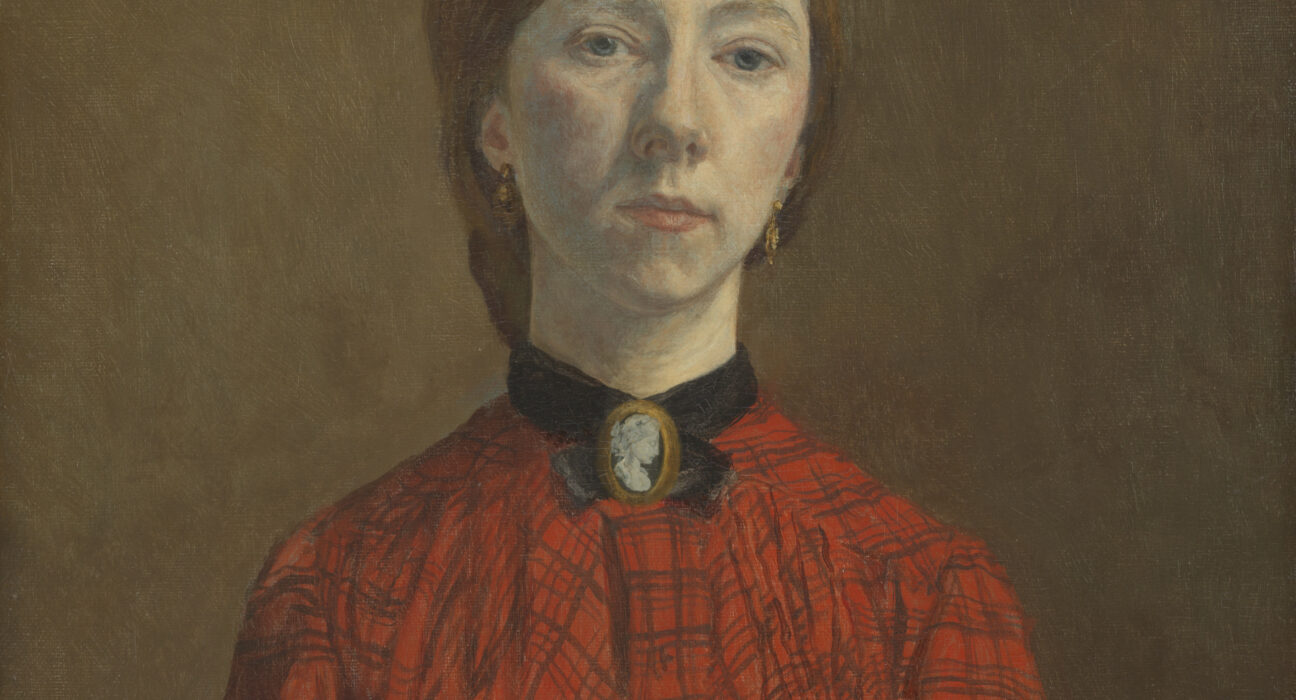It wasn’t unusual for women to paint in the seventeenth century, it was just unusual for them to live off it. Art was meant to be a hobby for women of the upper classes, a leisure activity for ladies who lunched. Doing art professionally, seriously, that was for the men. But the Tate’s had enough of that bogus, patronising attitude and are hellbent on showing that anything men could do – even really ugly paintings – women could do too.
Across these walls here is 400 years of women artists going toe to toe with the men. Society portraiture, allegorical painting, you name it, they could do it.
The show puts its best fighter first. Two paintings by Italian renaissance giant Artemisia Gentileschi open the show; an amazingly stark, tight-cropped, twisted self-portrait and a stunning, confrontational but vulnerable vision of the Old Testament story of Susanna. Gentileschi was a success: she ran her own studio, joined an academy, painted from life; she thrived professionally, something the rest of the artists here struggled to make happen.
The rest of the opening rooms, filled with Angelica Kauffmans and incredibly over-the-top Maria Cosways, tell a tale of injustice, of a world where painting for money was ‘improper’ for women, where critics attacked them for ‘weak’ figuration despite them not being allowed into life drawing classes. The quality of the art here isn’t really what matters (though a huge Cosway painting of the Duchess of Devonshire as a moon goddess is the most incredibly dramatic painting ever, and Frances Reynolds’s portrait of Elizabeth Montagu is morbidly, miserably atmospheric), what matters is the narrative, the story of women not being allowed access to the same opportunities as men.
t’s the sight of some women artists being slowly released from the strictures of society.
Instead, women were nudged towards more appropriately feminine pursuits: ‘low arts’ like pastel, miniatures and still lifes. Mary Moser’s flower paintings are psychedelically, hypnotically beautiful, Augusta Innes Withers’s botanical watercolours are perfectly composed and precise. It’s women artists excelling within the suffocating restrictions of society.
Things opened up a bit in the Victorian era. There are deeply emotional, dramatic paintings of grief and pain by Emily Osborn and Sarah Setchell, works of biting satire and social critique by Florence Claxton and Rebecca Solomon, unbelievably tender intimacy in a stunning Louise Jopling image of a woman undressing and plenty of gaudy, gross Pre-Raphaelitism if that’s your thing. It’s the sight of some women artists being slowly released from the strictures of society.
But the main pulse of the show, the idea that women could do anything that men could do, or as the wall text says ‘have always been capable of creative invention’, feels awkwardly old fashioned and obvious. Surely we’re in the ‘no shit’ era of thinking about historical art by women, surely we’re beyond patronisingly applauding women for being able to keep up with men. Of course they could. The exhibition just doesn’t do anything to move that argument along, and building a whole show around that premise feels like something from half a century ago.
It also feels a bit like the Spider-Man pointing at Spider-Man meme for the Tate to be asking ‘why so many [women] have been erased from mainstream art histories’ when the Tate has been instrumental in shaping those art histories.
As a result, it’s in the early modern era, when war started recalibrating the balance of society, that the show really comes into its own. There are Laura Knight images of women at the seaside, experimentally composed still lifes by Vanessa Bell, and a couple of amazingly industrial depictions of munitions factories in WWI by Anna Airy. Finally, you feel like you can measure the art not by the presence of men, but by their absence. This is art existing on its own terms, art of privacy, independence and innovation, finally able to peek out from the long shadows cast by men.

